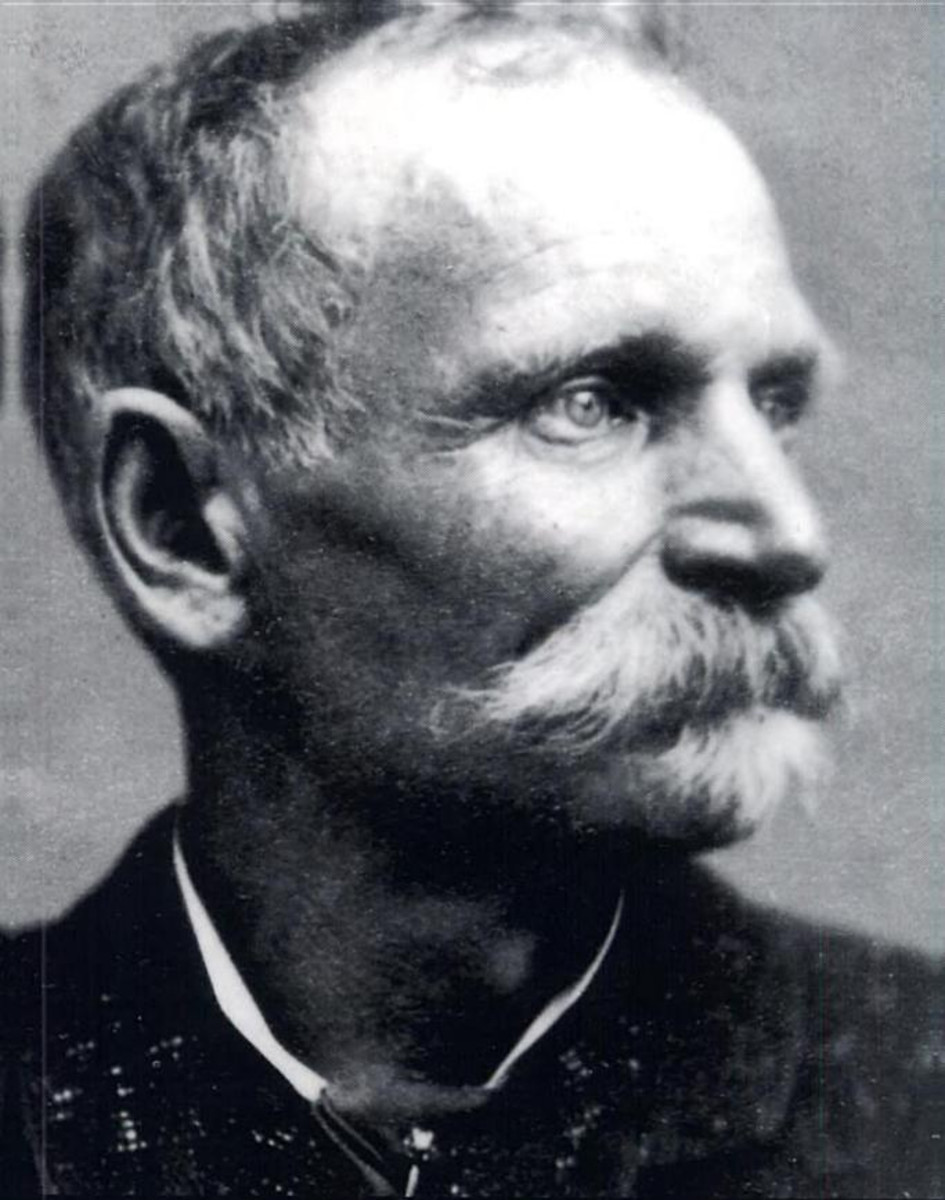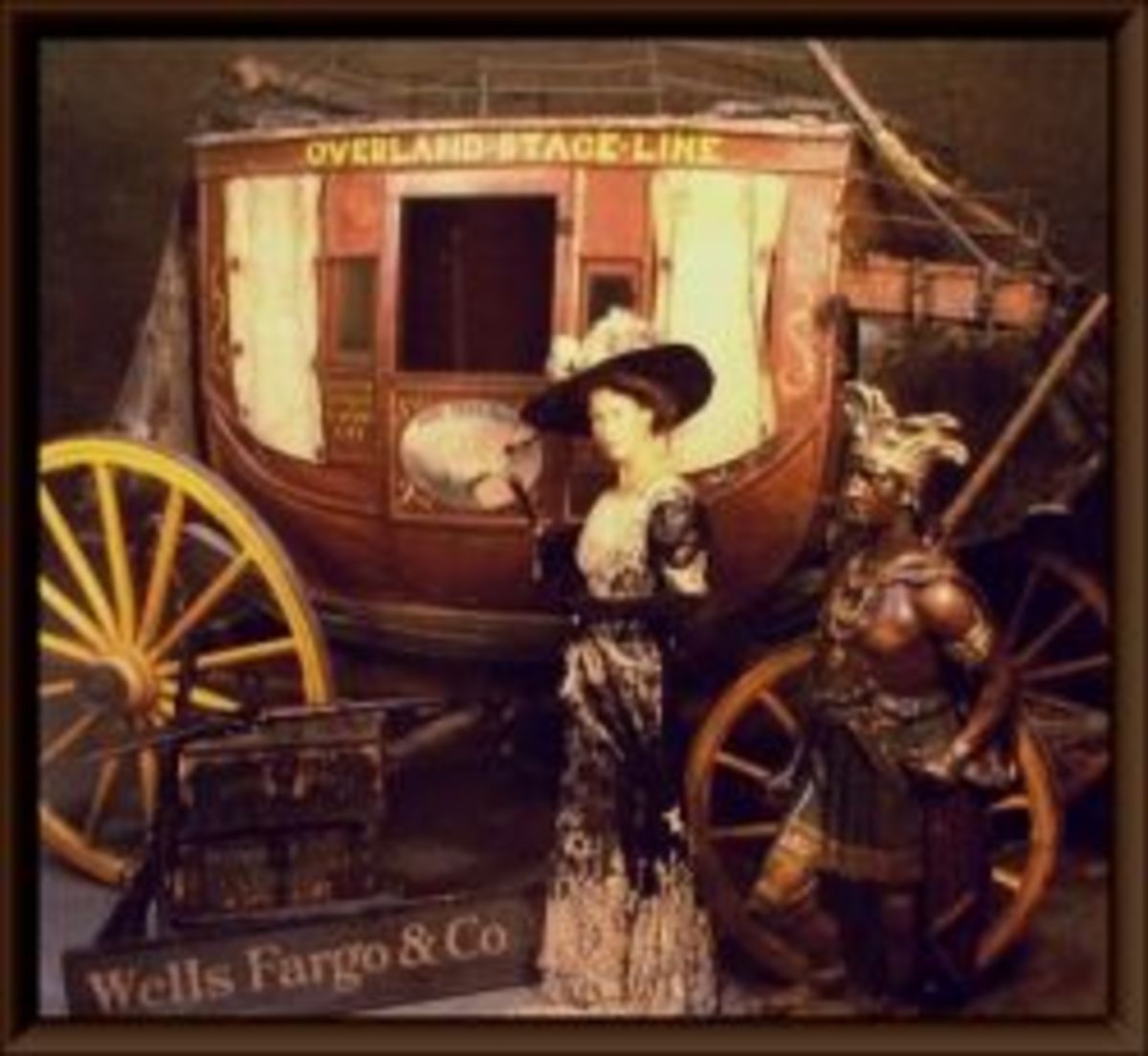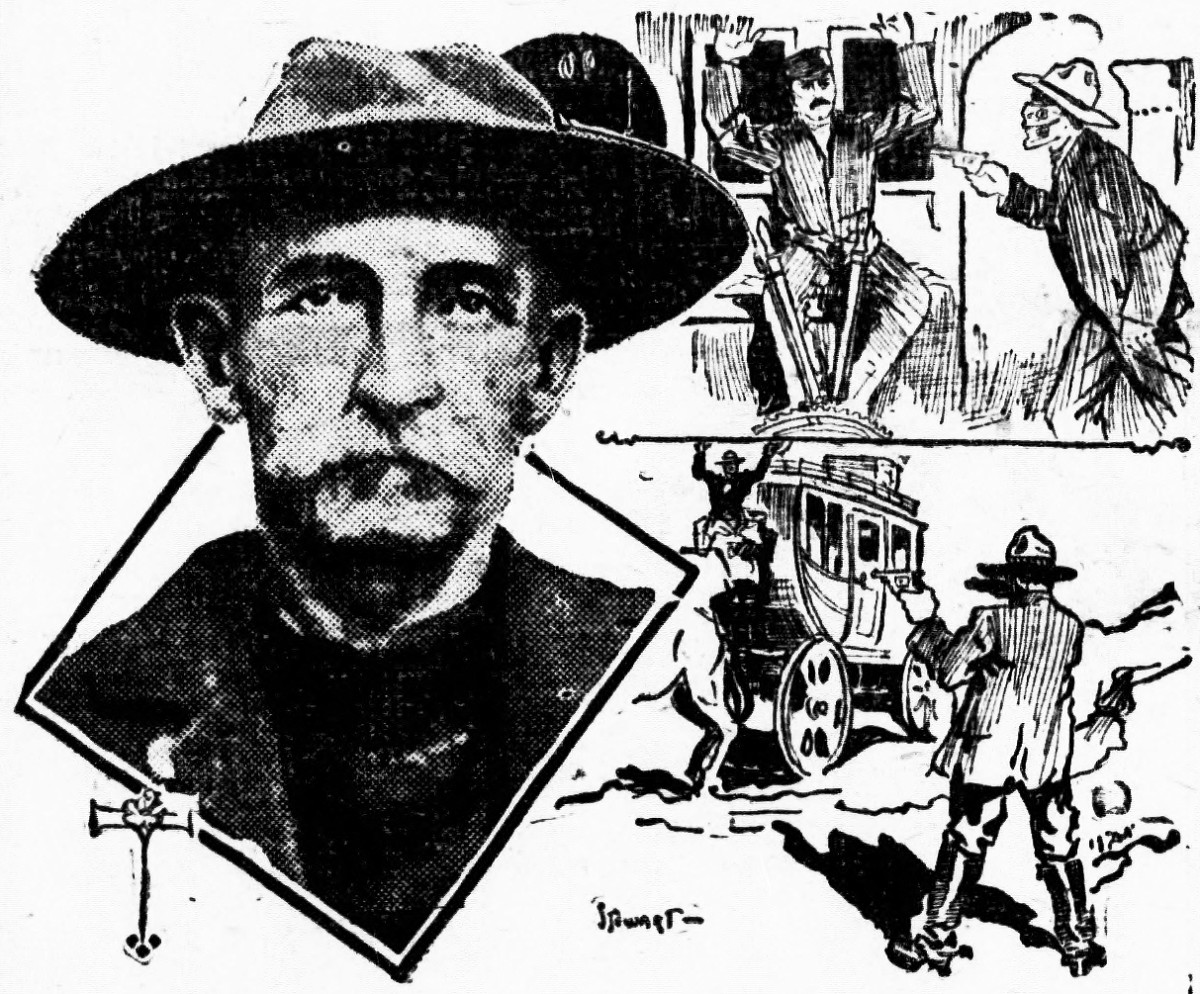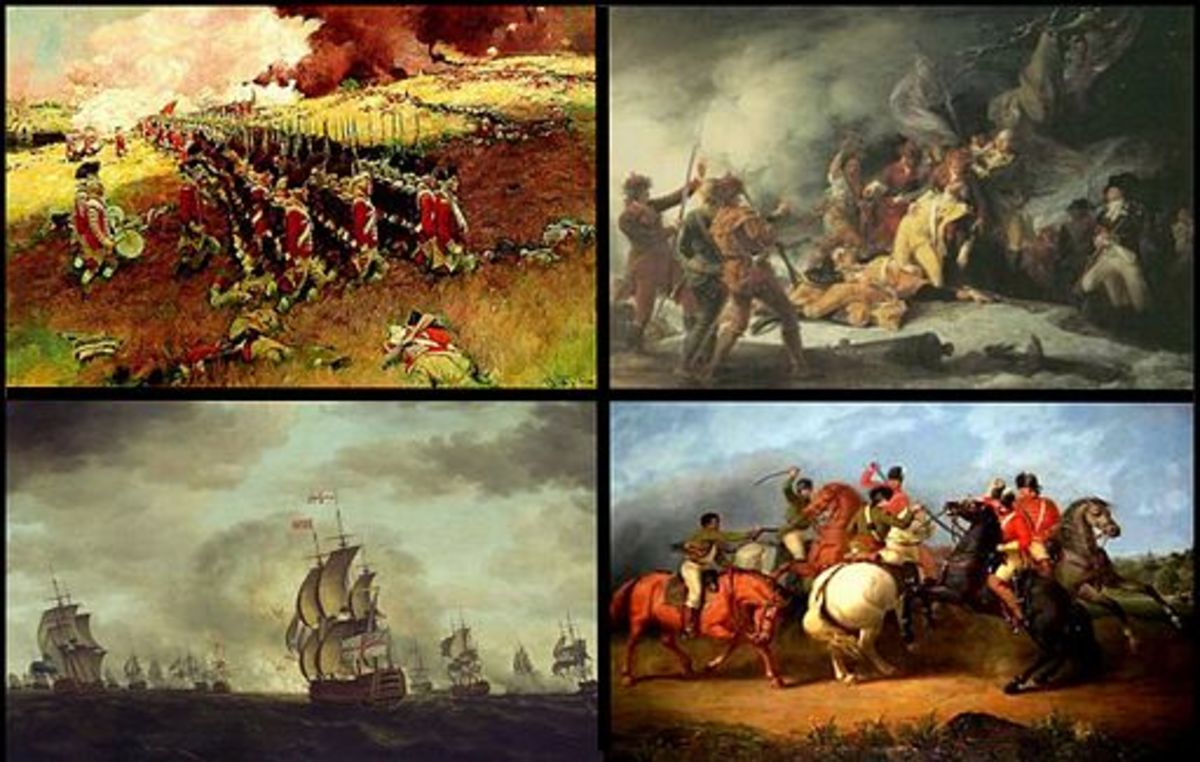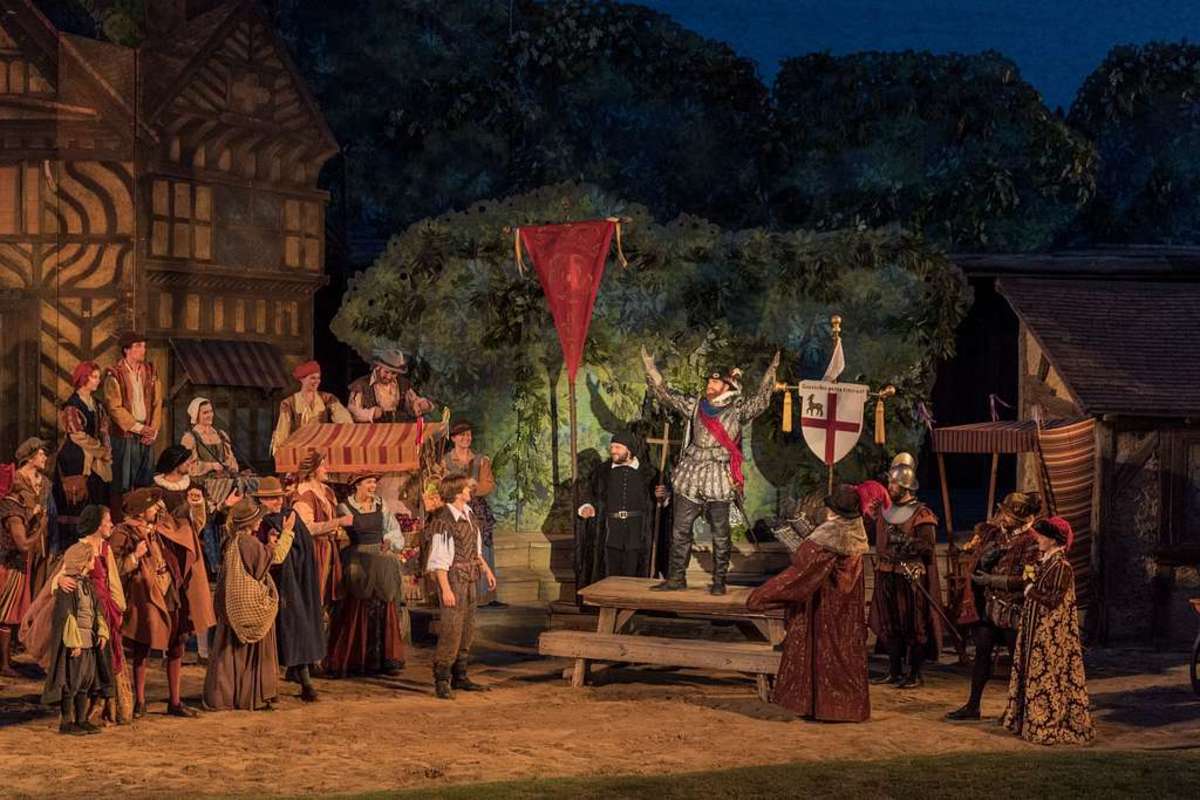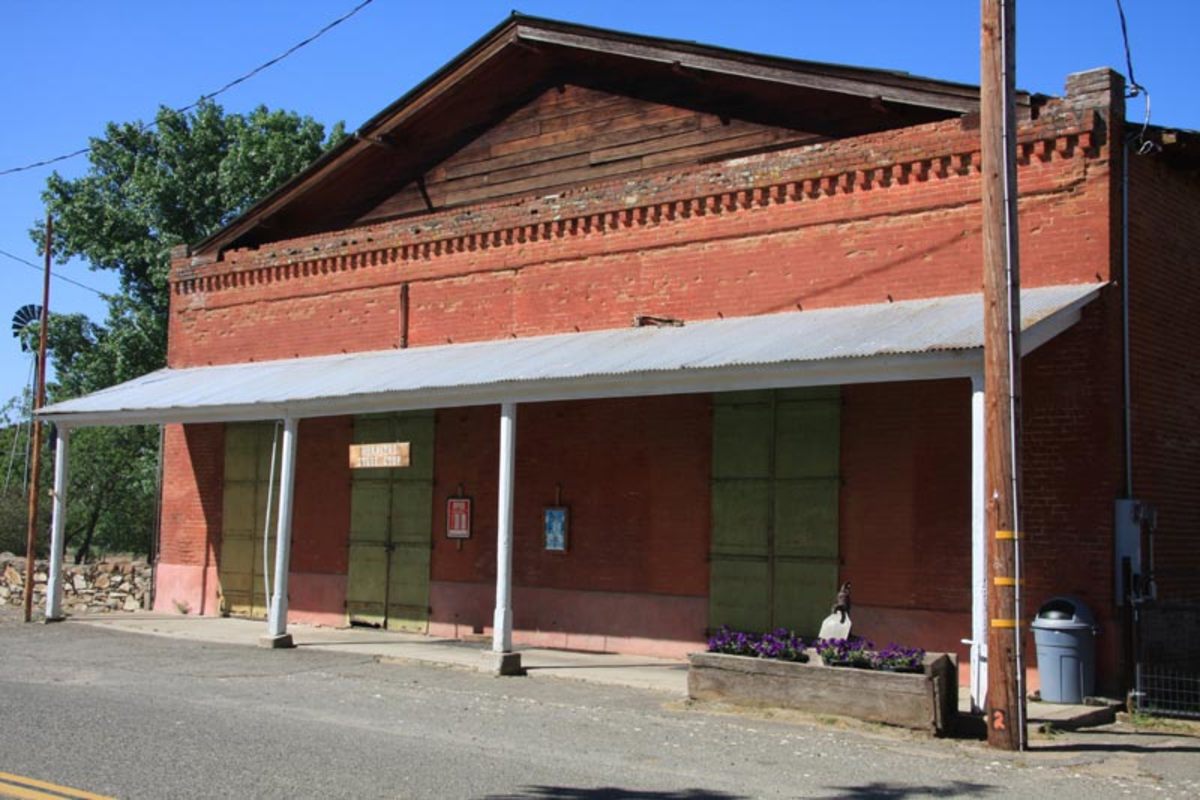- HubPages»
- Education and Science»
- History & Archaeology»
- History of the Americas
Days of the Frontier Stagecoach


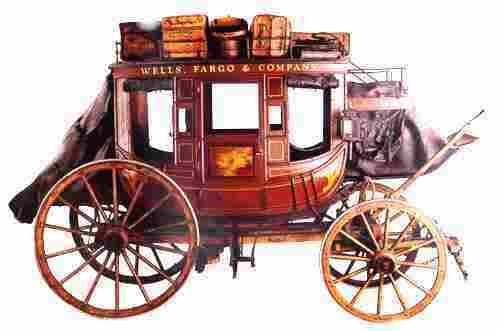
The first Stagecoach lines were launched in the east around Jamestown, Concord, Boston and other settlements. There purpose was to provide reliable overland transportation for passengers regardless of weather conditions. Their mission soon expanded to include mail and freight as well.
At the time,
the frontier only went inland for a few hundred miles therefore there wasn’t
much call for a public transportation system there. Most people simply rode horses. But all of that was about to change, if even
for just a brief period in time.
By 1820, the fur trade was a major industry and St. Louis had become the fur capital of the U.S. The first stage line arrived there from the East. However, the travel was not all done by stagecoach. The route was completed using a combination of coaches and riverboats.

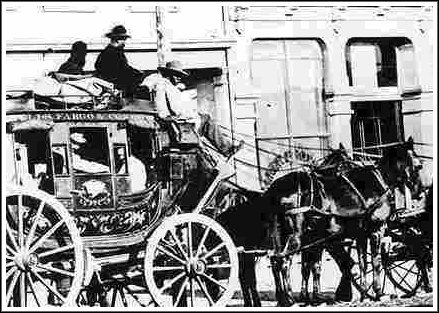
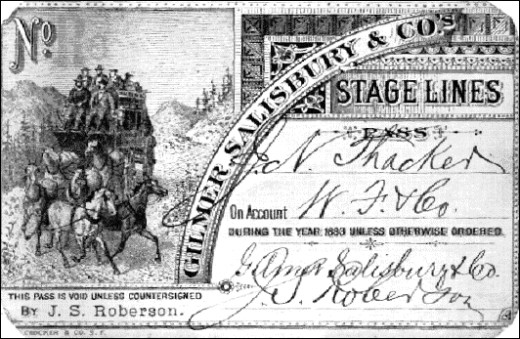
The 1840’s saw the day of the stagecoach rapidly coming to a close in the East. It was being replaced by, rail travel. Stage lines may have seen their last Days in the East, but on the Western Frontier a decade later, they were coming into their own. Many stage companies saw an opportunity for a new beginning in the West, since there was very little public transportation west of St. Louis.
In the 1850's, two dominant stagecoach lines emerged: Wells Fargo and the Butterfield Overland Stage. At this time, there were a few other prominent stage coach lines and hundreds of smaller ones providing service between small towns not available from the major lines.
Many companies failed to realize the types of terrain their coaches would encounter or factor in necessary frequent rest stops. Therefore it wasn’t uncommon to read ridiculous advertisements claiming their fast coaches could cover 2,500 miles in 70 days.

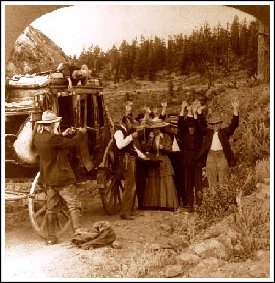
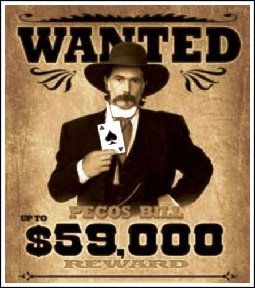
After a few unsuccessful attempts, the lines realized a few adjustments would have to be made for successful transportation west of the Missouri River. There would have to be frequent stops, a reasonable passable road and at least a modicum of accommodations at certain intervals. Government mail contracts paid for much of this. However, with the California Gold Rush, outrageous fares were being charged, so dependence on mail contracts at this time was not a major factor.
The Oregon and Santa Fe Trails had opened up beginning in the 1840’s and newer trails sprouted off of these. Every ten to fifteen miles ‘swing’ or ‘home stations’ were developed near water sources. The swing stations only provided a change of stock and a few minutes to get out and stretch. There were little to no amenities to provide comfort.
Home stations provided meals, and maybe a bed. Most stages didn't stop overnight so passengers had to sleep on the coach sitting up in cramped quarters…if they could keep from bouncing out of their seat. Many stations were merely dugouts along stream banks or the sides of hills.
Passengers were allowed 25 pounds of free baggage. Heat was provided by coals in metal foot warmers in cold weather while leather shades blocked desert sun and dust in summer. Travelers had to eat quickly of meals such as boiled beans, salted meat and coffee at "home" stations. Home stations were spaced about six to eight hours apart.

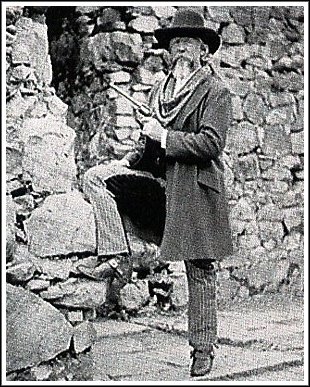
On the open plains, travel became risky because of Indians. Most resented the encroachment on their lands. It wasn’t uncommon for travelers to be harassed by various tribes to discourage settlement. Other hazards included limited game, and few trees to provide shade or logs for fires. With the summer heat, lack of water, food and freezing winters, many travelers died from thirst, starvation or simply froze to death.
In 1857, stage lines began bidding on contracts to carry the mail all the way to San Francisco. Many Overland stage owners had routes with relay stations and frontier forts north of Albuquerque in the New Mexico territory.
However, this contract called for the Ox Bow route which ran through Fort Smith, Texas and El Paso. It then continued on to Fort Yuma, California and finally San Francisco. The ox bow route added 600 miles not to mention numerous relay stations and frontier forts.
The contract was awarded to Butterfield Overland Stage Company on September 15, 1857. It went into operation a year later providing twice weekly mail service.
At its peak, they employed over 800 men, had 139 relay stations or frontier forts, 1800 head of stock and 250 Concord Overland Stage Coaches in service. However, they had seriously underestimated the cost and incurred debt on the part of Wells Fargo. As a result of, Wells Fargo initiated a takeover in March of 1860. By 1863 Wells Fargo had 180 depots throughout the west.
If the rigors of the terrain or other hardships didn’t do passengers in they still had to contend with bandits and road agents. These scoundrels had been robbing stagecoaches as long as they had been in business.
Wells Fargo experienced their first stagecoach robberies in 1855 and that number increased significantly during the 1860's. To combat the situation the company hired private detectives which led to the conviction of about 240 outlaws and prevented at least 30 holdups.
Perhaps the best known holdup bandit was a character named Black Bart. He often teamed up with ‘Rattlesnake Dick.’ This pair of outlaws once succeeded in getting the biggest payoff for a single stagecoach holdup, $80,000.
The Stagecoaches carried green ‘Express boxes’ used to carry Gold, coins, legal papers, checks and other valuables. They were generally stored under the stagecoach driver's seat. They could weigh from 100 to 150 lbs. "About as much as one likes to shoulder to and from the stages," wrote John Q. Jackson, Wells Fargo agent, in an 1854 letter to his father.
However, these sturdy boxes were not enough to safeguard their contents…enter the Wells Fargo shotgun messengers. They were "the kind of men you can depend on if you get into a fix," according to Wells Fargo detective Jim Hume.
Black Bart continued his daring robberies until November 3, 1883, when he returned to Calaveras County, the site of his first hold-up, for yet another robbery. This time however, the Stagecoach driver was better prepared. He had secured the Express box to the bottom of the passenger compartment instead of beneath the driver's seat.
Also along for trip was the drivers’ friend Jimmy Rolleri. Rolleri had brought along a new Henry rifle for hunting…which he did. While he was hunting, Black Bart ambushed the stage. However, during the robbery Jimmy returned. He fired the Henry three times. As Black Bart fled, he dropped his derby and a handkerchief bearing the laundry mark FXO7.
Wells Fargo detective James Hume and his agents traced the mark to Charles E. Bolton a.k.a. C. E. Boles a.k.a. Black Bart, a mining engineer who was staying, in San Francisco. Hume had him arrested.
Black Bart was sentenced to San Quentin Prison for six years. However he was released after serving four years for good behavior. Reporters asked if he were going to rob anymore stagecoaches. "No gentlemen," he smilingly replied, "I'm all through with crime." That was the last anyone heard from Black Bart.
Wyatt Earp worked for Wells Fargo when he was leaving Deadwood, South Dakota, in 1877. A Wells Fargo agent gave Earp a free ride, plus $50 to ride shotgun for Wells Fargo. He accepted. Wells Fargo was also involved in tracking down stage robbers in Tombstone and Bisbee. Earp helped Wells Fargo round up the Clanton gang, which eventually ended in the shootout at the OK Corral in 1881.
However, days of the stagecoach bandit were about to become a part of history. The completion of the Transcontinental Railroad in the 1870’s would eventually put Wells Fargo and other stage lines out of business.



